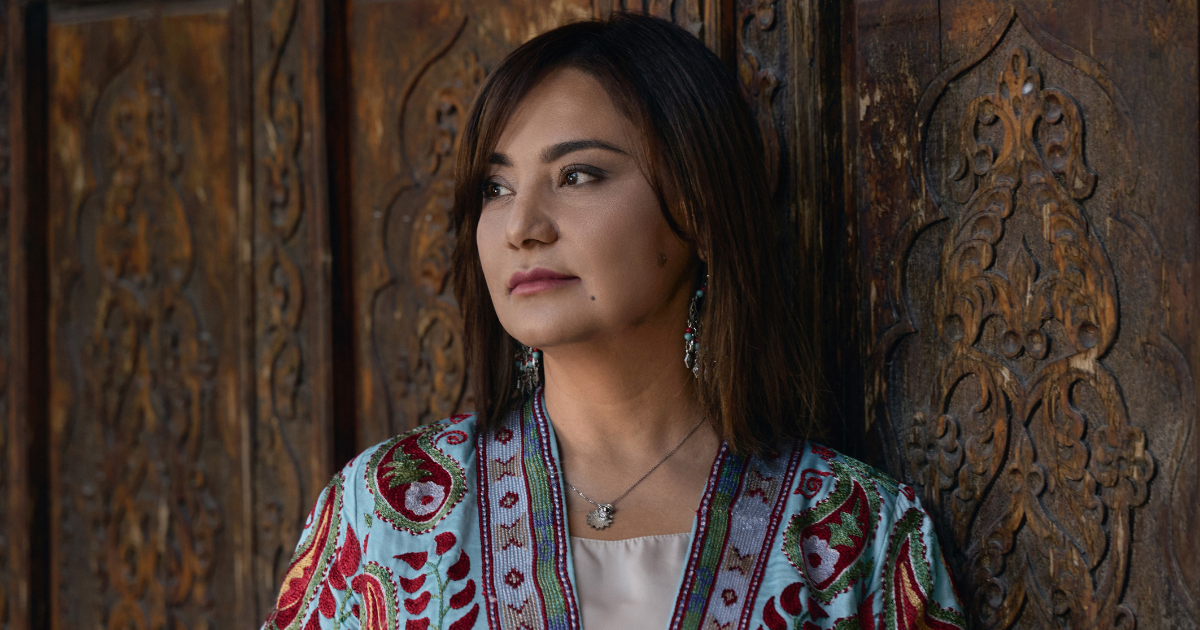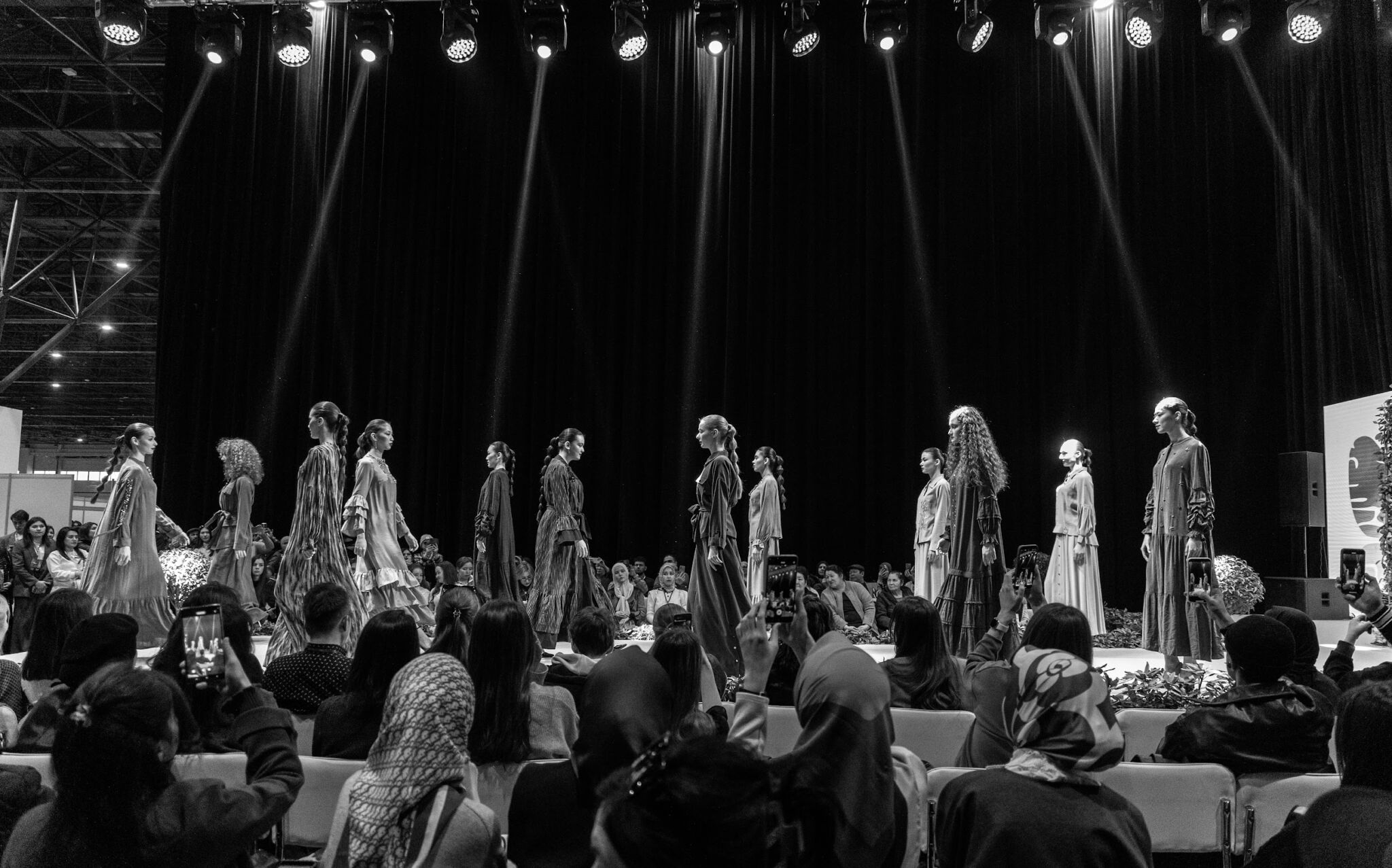Ramadan: Global unity in a kaleidoscope of traditions and customs
A month of cultural diversity
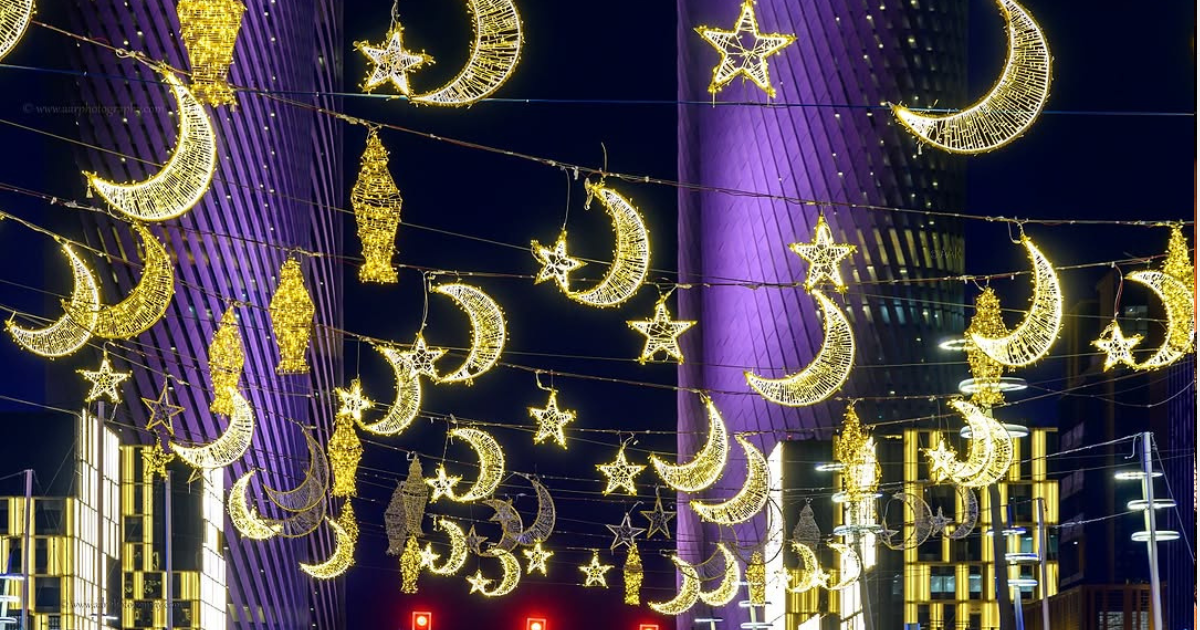
Ramadan is a month of fasting for millions of Muslims and a time of worship, unity, and community. Across the world, societies welcome Ramadan in unique ways shaped by their own cultural heritage and history. While billions of Muslims follow the same faith, they observe this sacred month through distinct traditions rooted in their home regions. From the thunder of cannons marking the end of daily fasting to joyful evenings under lantern-lit skies, Ramadan is a vibrant tapestry of customs.
The Garangao tradition
Garangao is celebrated in the middle of Ramadan, on the fourteenth night of the month when the full moon rises. This beloved tradition is especially cherished in the Persian Gulf countries, most notably in Qatar, and also observed in Bahrain, Saudi Arabia, Oman, and other neighboring nations.
For children, the night holds a special charm: dressed in traditional clothing, they run from door to door singing songs, collecting sweets, nuts, and sometimes small toys.
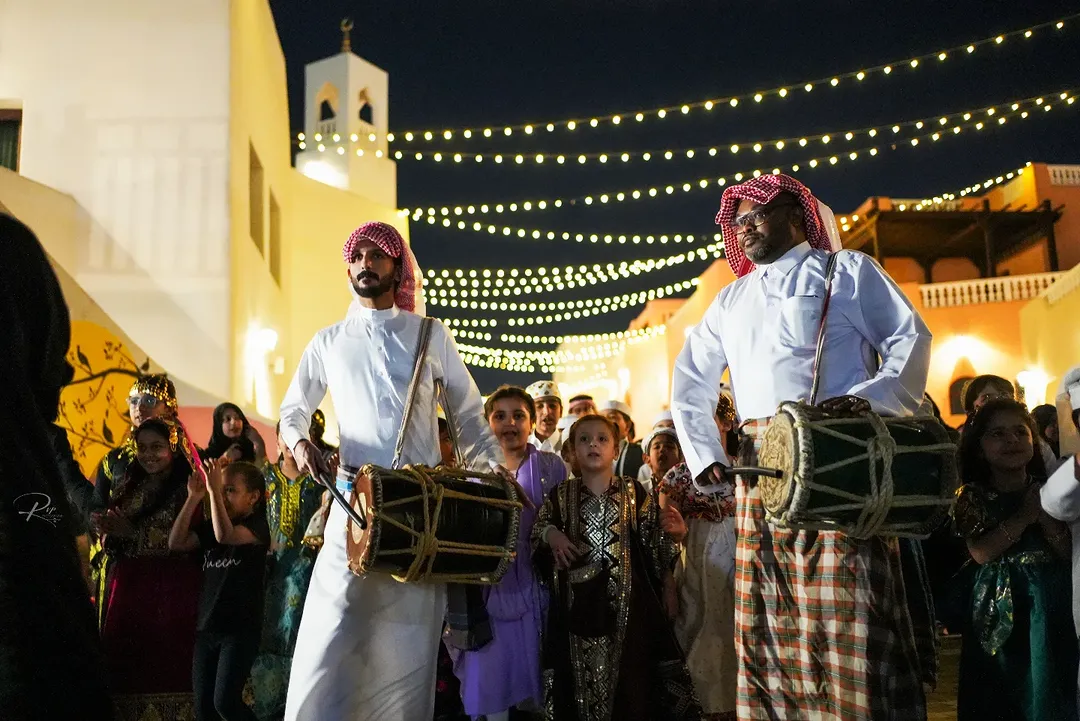
Photo: Instagram / Rishad.VP
The origins of Garangao are somewhat mysterious, wrapped in local legends and stories. One popular belief is that the name "Garangao" mimics the clinking sound of stones children used to play with. Another theory traces the tradition back to the pearl-diving era in the Persian Gulf, when divers would be away for months and typically return around mid-Ramadan. Their homecoming was celebrated with joy and festivities, eventually evolving into the Garangao celebration we see today.
More than just a fun night for children, Garangao is a way for communities to connect with their cultural roots and come together in the spirit of Ramadan.
Mheibes
Baghdad echoes with rhythmic clapping and drumbeats during a beloved centuries-old game. But this isn’t a football match – it’s Mheibes, a traditional game that has captivated Iraqis for generations during Ramadan.
Dating back to the 16th century in Baghdad, Mheibes is considered the second-most popular game in the country after football. Its rules are simple, yet the experience is rich with meaning – bringing people together across generations and linking them to their cultural heritage. The passion for the game can get so intense that it sometimes sparks playful disputes between teams.
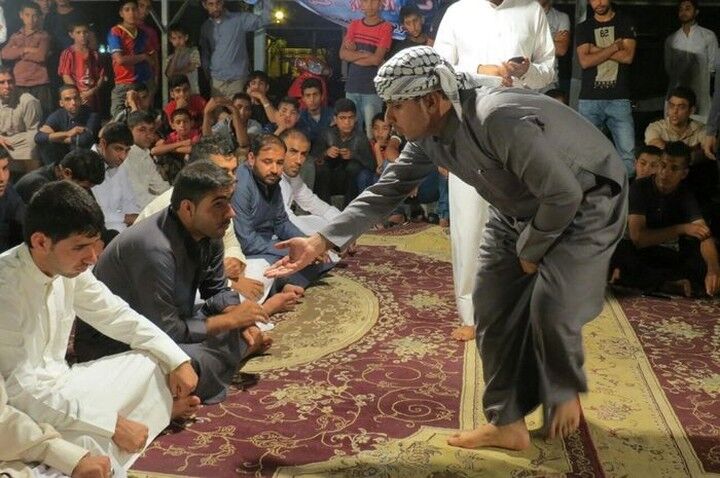
Photo: Instagram / mycitytv.co.id
The game begins with one team hiding a ring in the hand of one of its players. The opposing team selects a leader, known as An-Nazul, whose task is to find the hidden ring. Relying on sharp observation skills and an ability to read body language, the leader must not be fooled by the opposing team’s distractions. Mheibes is played after Iftar (the evening meal) and welcomes participants of all ages.
Fanous
In Egypt, streets are transformed into glowing wonderlands during Ramadan, thanks to the shimmering lanterns known as fanous. According to tradition, this custom dates back to the Fatimid era.
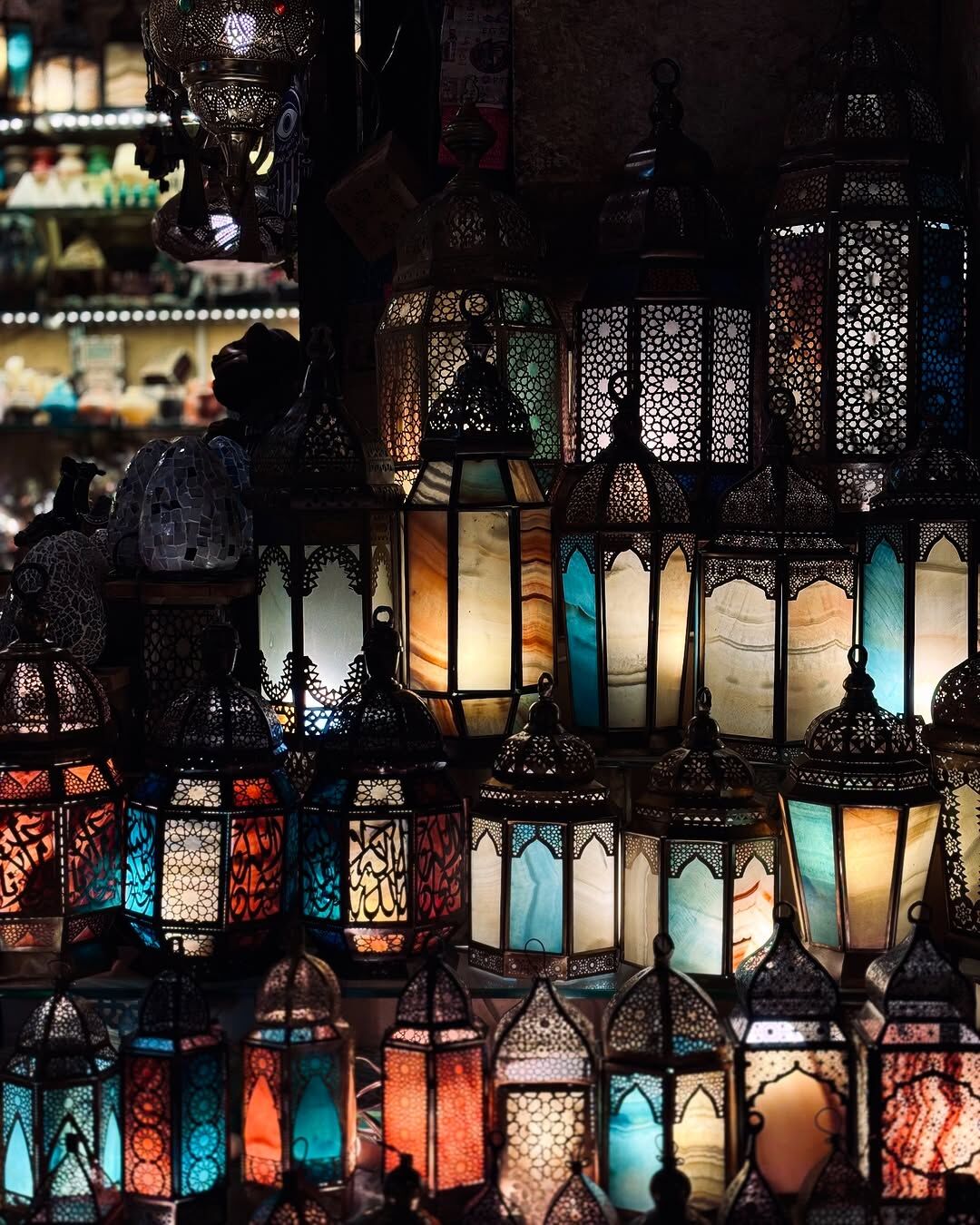
Photo: Instagram / thisiscairo
Since Ramadan begins with the sighting of the crescent moon, children would go out at night with lanterns in hand, joyfully searching the sky for that first sliver of moonlight.
The firing of the cannon
As evening sets in, the booming sound of cannon fire rings out, often heard from 8 to 10 kilometers away. This signals the beginning of iftar – the moment Muslims can break their fast after sunset. This age-old tradition is still practiced in some countries today.
In the United Arab Emirates, for instance, the cannon-firing tradition is held in high regard, dating back to the nation’s founder. Children eagerly await this moment – not just for the delicious treats that follow but for the festive spirit it brings. To ensure safety during the blast, a team of four police officers is present – two give commands while the others prepare and fire the cannon.
The drum beat before suhoor (pre-dawn meal)
With modern technology taking over many aspects of daily life, some traditions have begun to fade. One of the traditions that gave way to alarms and phones is the drumbeat before suhoor – a pre-dawn wake-up call before the fast begins.
Yet not all is lost because traditions are the continuation of cultural codes. In cities like Istanbul, Karachi, Cairo, and beyond, you might still hear the rhythmic sound of drums echoing through quiet streets. Dressed in traditional attire, the drummers walk from street to street, waking people for their pre-dawn meal.
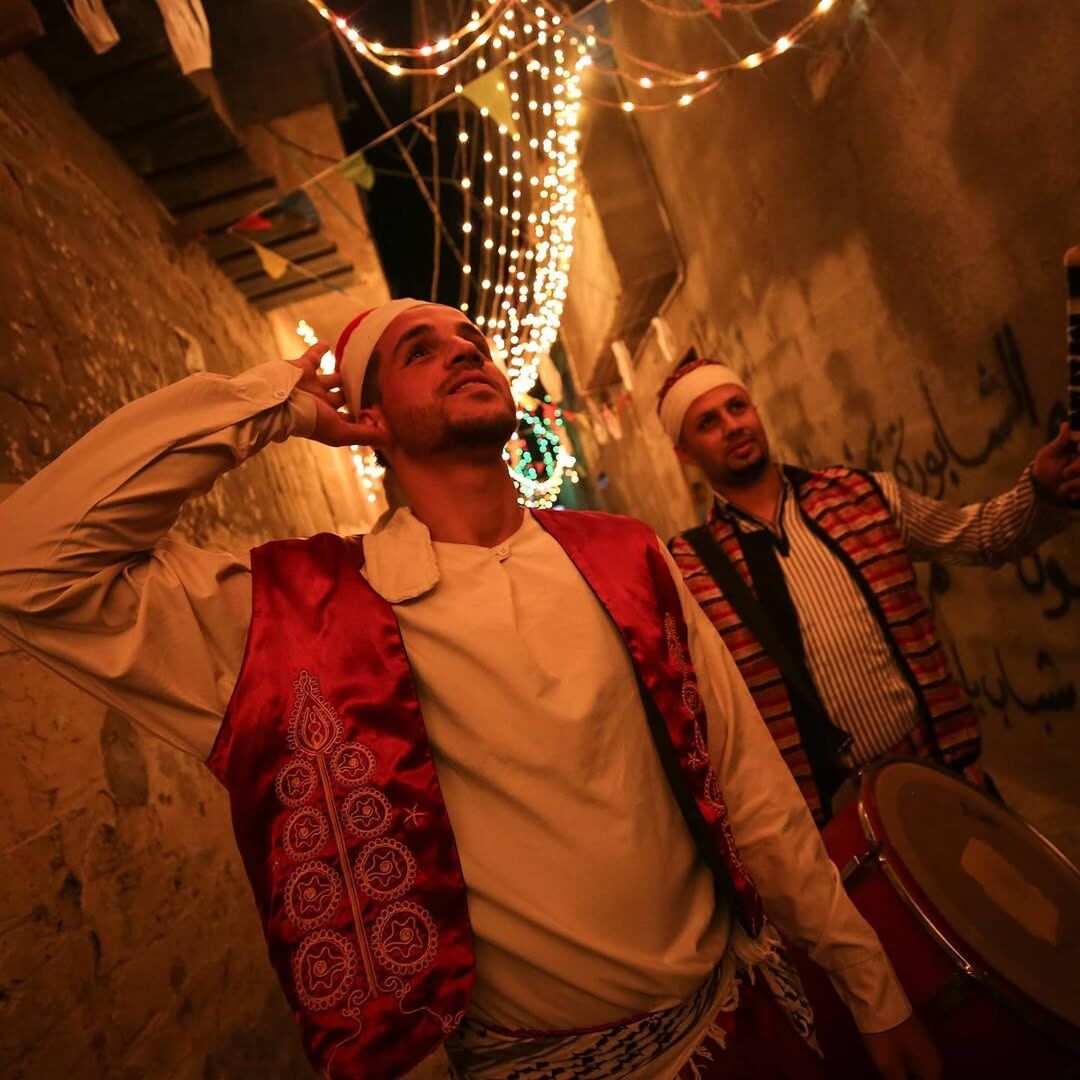
Photo: Instagram / Daleel Foundation
На протяжении всего месяца Рамадан эти люди выполняют свой религиозный долг. Для кого-то это дополнительный заработок, а для кого-то — возможность получить благословение. По завершении священного месяца они обходят дома жителей, получая заслуженную благодарность. Местные жители по доброй воле дарят им деньги, одежду и продукты питания, что способствует более торжественному празднованию праздника Ид аль-Фитр.
Поющие песни дети
Стук в дверь. Детские голоса. Перед тобой стоят детишки, которые хором начинают распевать песню: “Рамазон етиб келди эшигингизга…” (Рамадан подоспел к вашей двери…) И ты невольно улыбаешься в ответ этим горящим от радости глазам. Говоришь: “Хозир” (сейчас) и идешь собирать что-то вкусненькое, чтобы порадовать детвору. А иногда кладешь в маленькие ладошки мелкие купюры. Ну разве можно им отказать?
Таких детишек можно встретить не только в Узбекистане, но и в Казахстане, Кыргызстане и других центральноазиатских странах.
У казахов есть немного другая традиция, “жарамазан” (жарапазан), в которой учавствуют молодые люди. Это жанр устного народного творчества, корни которого уходят в древние языческие верования. Со временем он претерпел трансформацию и стал песней, которую распевают во время или окончания Рамадана. Само название образовано от двух слов: "жар" и "рамазан", что буквально переводится как "песня, сопровождающая месяц Рамадан".
